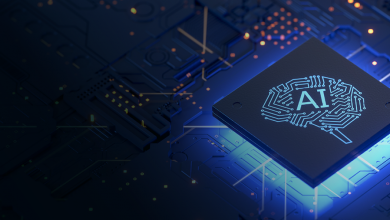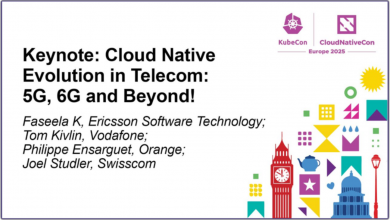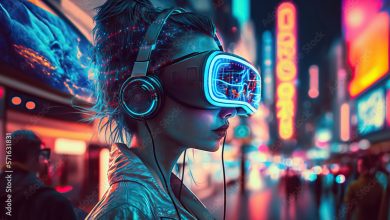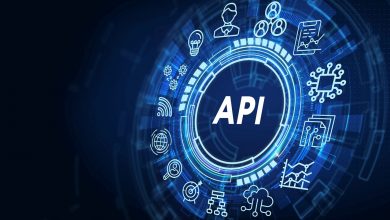The Roadmap to the Metaverse Web 3.0
At MWC22 Las Vegas experts gathered to share a vision for the The Roadmap to the Metaverse Web 3.0, exploring the current landscape, first-mover case studies, the vision and opportunities to capture value.
 Web 3.0 represents the next evolution of the Internet, fusing the Blockchain with a virtual reality Metaverse, creating a more intelligent and interconnected web experience.
Web 3.0 represents the next evolution of the Internet, fusing the Blockchain with a virtual reality Metaverse, creating a more intelligent and interconnected web experience.
Web 3.0 utilizes blockchain and decentralized technologies to remove intermediaries, enhance security, and enable peer-to-peer commerce, giving rise to a virtual reality space where users can interact with each other and digital assets in a shared environment.
The metaverse can revolutionize ownership by providing a decentralized and transparent system.
In the metaverse, ownership can be verified through blockchain technology, ensuring that individuals have true control over their digital assets. This opens up new possibilities for creators, artists, and gamers to monetize their work and establish a direct relationship with their audience.
At MWC22 Las Vegas experts gathered to share a vision for the The Roadmap to the Metaverse Web 3.0, exploring the current landscape, first-mover case studies, the vision and opportunities to capture value. The panel included:
- Richard Cockle, Head of IoT, Identity and Big Data, GSMA.
- Luis Ramirez, Founder and CEO, Mawari.
- Said Bakadir, Senior Director, Product Management XR, Qualcomm.
- Chris Penrose, Global Head Business Development – Telco, Nvidia.
The talk began by highlighting the growing interest and excitement surrounding the concept of the metaverse. It emphasized the need for a clear roadmap to guide the development and adoption of web 3.0 technologies.
The speaker provided a comprehensive definition of the metaverse, describing it as a virtual universe where users can interact with each other and digital objects in real-time. It goes beyond virtual reality and encompasses augmented reality, virtual worlds, and immersive experiences.
- Evolution of the Web – The talk explored the evolution of the web from its early stages to the current web 2.0. It highlighted the limitations of the current web and the need for a more immersive and interconnected digital experience.
- Key Features of Web 3.0 – The speaker discussed the key features of web 3.0 that make it the foundation of the metaverse. These features include decentralization, interoperability, immutability, and enhanced user control over data and privacy.
- Metaverse Roadmap – The talk presented a roadmap for the development and implementation of the metaverse. It outlined the necessary steps and milestones to achieve a fully functional and inclusive metaverse.
The roadmap included:
- Building a robust infrastructure to support the metaverse.
- Creating open standards and protocols for interoperability.
- Developing immersive and realistic virtual environments.
- Ensuring user privacy and security within the metaverse.
- Integrating artificial intelligence and machine learning for enhanced experiences.
- Enabling seamless cross-platform interactions.
- Facilitating economic opportunities and digital asset ownership.
Challenges Ahead
The talk acknowledged the challenges that lie ahead in the development of the metaverse. These challenges include technological limitations, ethical considerations, regulatory frameworks, and ensuring accessibility and inclusivity for all users.
The talk provided valuable insights into the future of the digital world. The roadmap presented during the talk serves as a guide for the development and implementation of the metaverse, addressing key features, challenges, and necessary steps. As we move towards web 3.0, the metaverse holds immense potential to revolutionize how we interact with digital content and each other.



